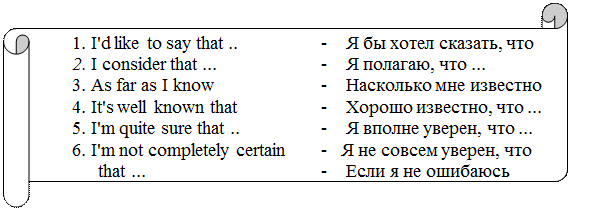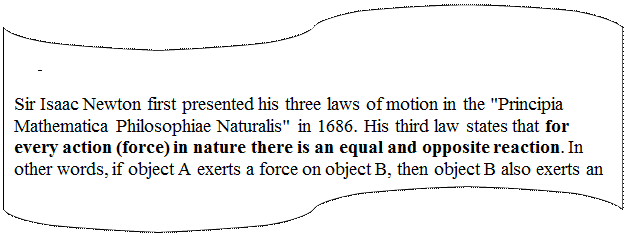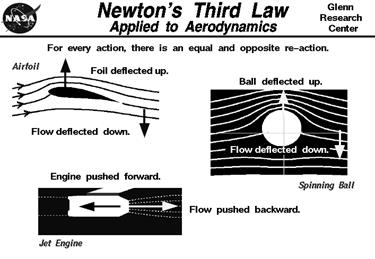Text: Daily, weekly and transit checks.
Daily checks
This is the lowest scheduled check, also called post-flight check, maintenance pre-flight check, service check, and overnight check. It is an inspection of an aircraft for obvious damage and deterioration of its general condition and security. It also reviews the aircraft log for discrepancies and corrective action. Daily checks require specific equipment and tools to ensure an airplane remains airworthy. Usually daily checks are performed every 24 or 48 hours of accumulated flight time. Some of the daily check items include:
Ø Tail skid shock strut pop-up indicator
Ø Fluid levels
Ø General security and cleanliness of the flight deck
Ø Emergency equipment
Weekly checks
Technicians fill or change oils and fluids, such as hydraulic fluid, starter oil, engine oil and generator drive fluids. Apart from that, specialists inspect the general visual condition of airframe systems, landing gear, and the power plant. All external and internal lights are checked, and a self-test is run on the A/C. If required, tires are changed and fluids replenished in hydraulic and engine oil systems.
Transit checks
Between flights, line technicians perform a transit check of the airplane at the airport ramp. This includes a walk-around inspection of the airplane for obvious damage, required servicing, correction of discrepancies, and operational tasks specified for the airplane. Qualified ground personnel carries out a visual pre-flight walk-around of the airplane, and the flight crew completes a pre-flight checklist from the flight deck. Together, these precautions should help ensure the airworthiness of the airplane.
A-checks
A-checks belong to a higher level of scheduled maintenance procedures. Normally it is performed at a designated maintenance station on route and includes the opening of all access panels for checking and servicing certain items. Special tooling, test equipment and servicing is required.
Examples of A-check items include:
Ø General external visual inspection of aircraft structure for evidence of damage, deformation, corrosion, and missing parts
Ø Crew oxygen system pressure
Ø Operation of emergency lights
Ø Lubricating the nose gear retract actuator
Ø The pressure of parking brake accumulator
Ø Testing the Built-in Test Equipment (BITE) and Flap/Slat Electronics Unit.
Fill in the table using the information from the text.
| Type of Check | Frequency | Examples ( 3 or more) |
| Daily check | 1) 2) 3) | |
| Once a week | ||
| 1) 2) 3) | ||
| A-check |
Exercise 2. True or False? Prove your opinion using these conversational phrases.

1) Daily checks don’t require specific equipment and tools.
2) Technicians perform a transit check of the airplane at the airport of departure.
3) A-checks include the opening of all access panels for checking and servicing certain items.
4) Flight crew carries out a visual pre-flight walk-around of the airplane, and qualified ground personnel completes a pre-flight checklist from the flight deck.
5) Weekly checks are the same as the lowest scheduled check post-flight check, maintenance pre-flight check, service check, and overnight check.
6) Transit checks are performed every 24 or 48 hours of accumulated flight time.
7) Tires can be changed and fluids can be replenished in hydraulic and engine oil systems during weekly checks.
Unit II
Guide to Propulsion

. 
For aircraft, the principal of action and reaction is very important. It helps to explain the generation of lift from an airfoil. In this problem, the air is deflected downward by the action of the airfoil, and in reaction the wing is pushed upward. Similarly, for a spinning ball, the air is deflected to one side, and the ball reacts by moving in the opposite direction. A jet engine also produces thrust through action and reaction. The engine produces hot exhaust gases which flow out the back of the engine. In reaction, a thrusting force is produced in the opposite direction.
